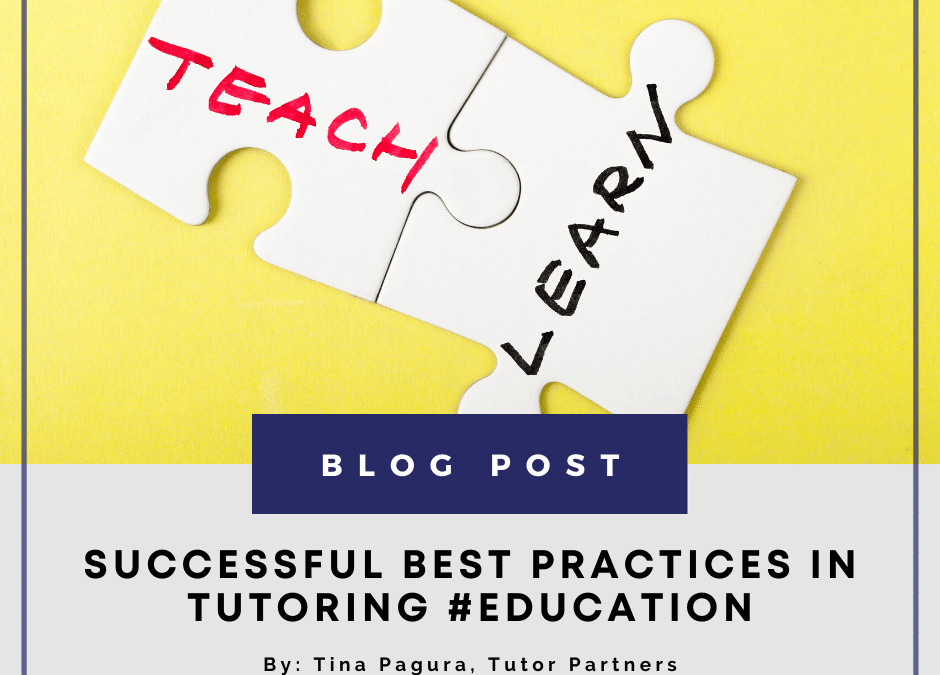“It is our responsibility to teach in ways that embrace the individual directly where their knowledge or “circle of competence” is based as a platform towards success… employing those “best practices” which encourage connection and, yet again – create those optimal learning experiences…”
When we first learn to roll or walk across the floor, we usually don’t do so straight across the room our initial attempt. And just like walking, we won’t hit every goal on the first try either.
However, if we, as an educational community don’t set goals and put “best practices” in place beyond those initial attempts, then how are our younger generations going to learn how to do the same themselves?
Over the past few decades in particular, the education realm has transitioned more towards individualization and creating those real-world connections (such as taking small steps to achieve success) which not only help to motivate student learning, but this process also makes learning relevant and practicable in the real world.
Of course, children still experience some inevitable failures. However, if within our education approaches we teach ways to bounce back from life’s disappointments, we are teaching critical thinking across the board which transfers through to every and all key learning areas, such as Literacy, Math, and Science.
In math, for example, we learn to analyze and comprehend text and word problems. The key is association. There are ancient theorists such as Galileo and Descartes who both wrestled with the mathematical continuum and its implications for a mathematical account of nature. They knew from Aristotle’s theory that there were logical inconsistencies in geometry based on atomism of actual infinities. It is from such theory that today we recognize that all things in nature continue to evolve.
Let’s Live and Learn
That’s life. Therefore in best practice, we encourage students to learn and to apply what knowledge they already know as a platform to what they must “seek out” to work through Math problems. Botanists will forever study angles within leaves to observe regular patterns that pop up all over the natural world, and it is with observation and discussion that children learn best.
Essentially, all of these skills mentioned fall under the category of quality application or best practices because each of them is, a “best practice” within itself, by way of achieving connection and engagement.
At the same time, we are also applying the concept of “differentiation” so that students are met at what level their conceptual knowledge sits while teaching them that aiming high is a challenging learning experience, not just an opportunity for reward. We intend to build confidence. Meaning that we now know, our “best practices” are that a teacher should consistently employ elements that connect to findings, content, research, and current thought amongst leading educators, that work for students to reach optimal learning.
STEM. What’s STEM?
STEM education is one primary example. STEM refers to the intentional integration of “science, technology, engineering, and mathematics”, and their associated practices to create a student-centered learning environment. Students investigate “big ideas” and engineer solutions to problems, and construct evidence-based explanations of real-world phenomena with a focus on a student’s social, emotional, physical, and academic needs.
Students do not arrive in the classroom as “tabula rasa.” In other words, they are not “blank sheets to be written on”. Each student brings with them ideas that often limit what a student can learn. Ultimately this is where connections need to be established. Student preconceptions must be identified, tackled, and met with a resolve to extend learning, in an environment where it feels safe to stretch these notions further.
Thus, to effectively achieve such success, we must also consider that there is also a social factor to learning. Project-based with a partner or in small groups where students are comfortable, is encouraged (even learning virtually this is possible in “break out” groups). Common core especially, is designed to have students explore together a problem and then discuss what is a major concept, is there a pattern? Organizing information in such a way is a powerful tool for increasing understanding and retention as well as an influential adjunct to information/memory retrieval. Essentially our approach at Tutor Partners is to employ these best practices, to create an environment that suits the individual. By doing so, we are in conjunction, addressing our students’ emotional needs as well.
Authenticity and Problem Solving
Authentic Best Practices, similarly, pays dividends for students when they receive direct instruction to learn how the “problem-solving process” is conducted rather than through “learning by example.”
Establishing and maintaining a classroom environment that applies a constructivist approach is pivotal.
“What we’re all striving for is authenticity, a spirit-to-spirit connection.”
~ Oprah Winfrey
At Tutor Partners, we want our students to actively construct or take their knowledge and apply their own experience to learn effectively in-depth. Keeping learning reasonably balanced and flexible is key to everything we do.
Just be, live freely.
